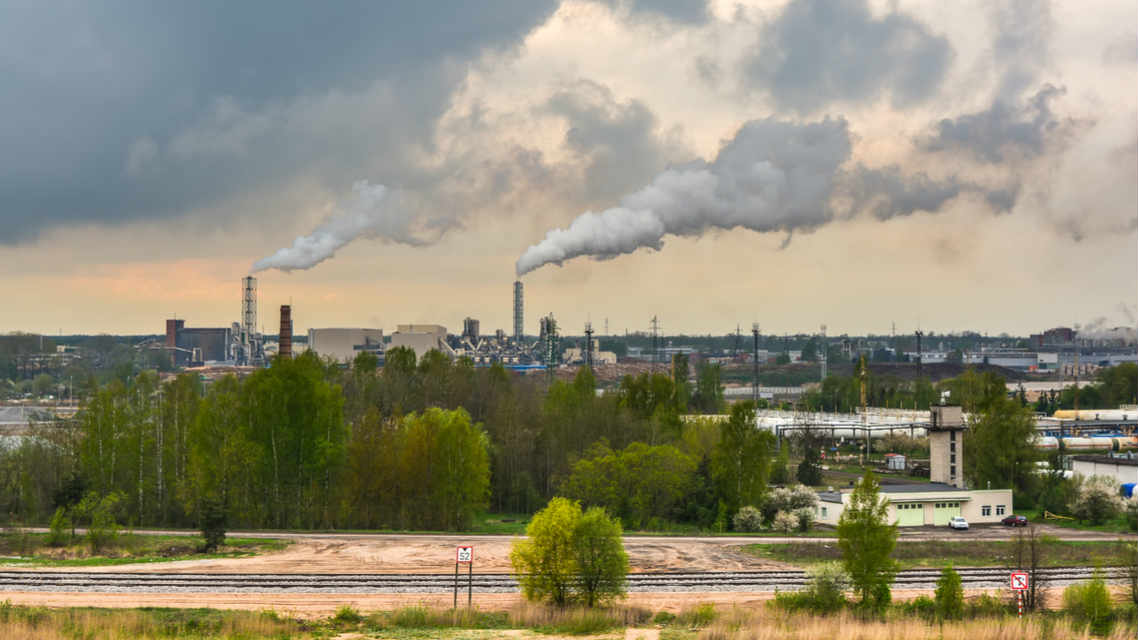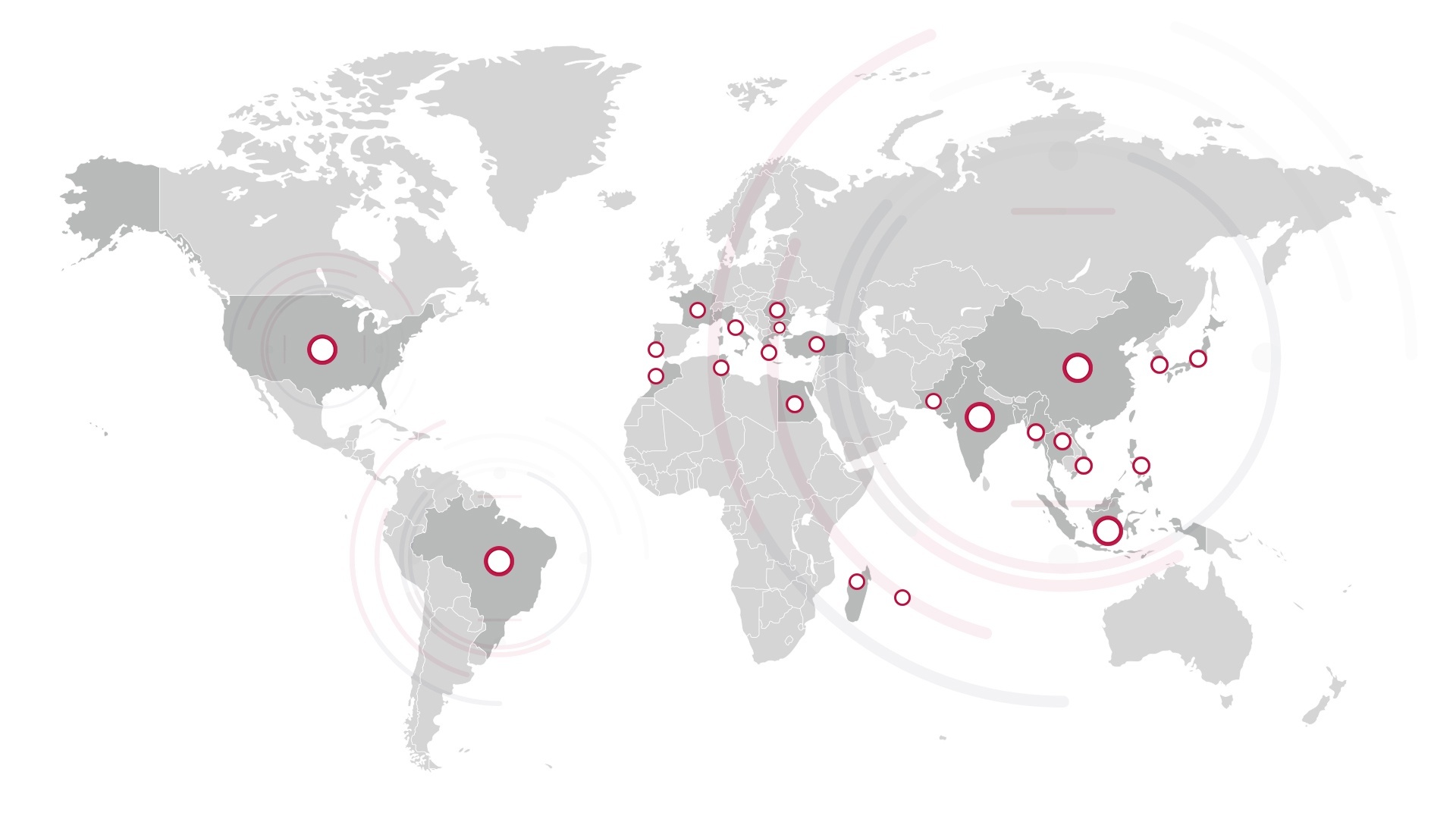For those of us in the textile and apparel industry, sourcing sustainable fabrics poses some unique challenges. While it is certainly desirable for apparel brands to promote sustainability in the supply chain, how can it be assured, and what risks do we face?
Assuring Sustainability
The framework for any sustainable approach, no matter what the industry, is based on four interconnected domains: ecology, economics, politics, and culture. Ideally, a sustainable approach works within these domains in pursuit of a common ideal.
In the case of the textile apparel clothing industry, this means creating a secure, long-term system that addresses social, environmental and buying best practices.
4 Reasons Companies Promote Sustainability in Their Supply Chain
For corporations, the emphasis has been placed on responsible business practices. The mantra seems to be, “what we do today, will impact tomorrow.” With good reasons, manufactures and fashions brands are turning to sustainability.
1. Consumer Awareness
Corporate social responsibility influences the buying habits of customers. There has been an incredible concern for consumers over hazardous materials and toxins being used in production. For instance, a 2014 Greenpeace investigation found that 82 items sold by leading apparel brands contained hazardous chemicals. One-third of these items were purchased in China. According to a Greenpeace’s Detox Campaign Chih An Lee stated, “It would be tragic if China remains the world’s textile mill simply because the global textile sector wants to take advantage of its lagging environment policy. In fact, with a chemical management system already starting to take shape, China can and should build a strong and healthy textile industry.”
For consumers, social responsibility is another attractive quality in fashion brands who utilise sustainable clothing manufacturing. In the case of the Rana Plaza garment factory collapse in Dhaka, Bangladesh, social responsibility extends beyond raw material sourcing. The deadly collapse, due to shoddy building construction, led to the death of over 1,100 employees. This was a major blow to the garment industry and led to bad PR for the popular brands involved.
2. Reducing Carbon Footprint
Traditional fashion practices are more taxing on the environment than those of sustainable textile companies. According to EcoWatch, the textile apparel clothing industry is the second largest polluter worldwide. The first? The oil industry. From the resources needed to grow or manufacture the raw material all the way to delivery to end-user, fashion leaves a big carbon footprint.
3. Centralizing the Labor Force
With increasing globalisation, the fashion and apparel industry is usually spread geographically, with manufacturing taking place in different regions and countries with their standards in place for labour and social practices. Because of this, it’s difficult to coordinate sustainability best practices, quality of product and compliance.
4. Changing Price-Driven Motivations
For most brands and manufacturers, choices for where to source raw materials and what factories to work with are usually price-driven. That is a fact within the textile and apparel industry. Due to this and the dispersed supply chain, there are insufficient best practices that are crucial for sustainable fabric production. Between all stakeholders, negotiation is rare and often impossible. Therefore, partnerships are neither loyal nor transparent – both of which are necessary to support a sustainable process.
Why Raw Materials Are Toxic & Polluting, And How These Environmental And Social Risks Can Be Reduced
There are many challenges that become apparent when sourcing sustainable fabrics. It’s crucial that manufacturers and fashion brands are aware of the potential environmental and social risks that could mean that their fabrics are far from sustainable unless dealt with.
Risk 1: Pollution in Fashion
Best Practice To Mitigate It
● Maintain standards including the ‘Global Organic Textile Standard‘ (GOTS), other industry certifications and the Higgs Index. All exist to measure the environmental impact of production.
● Adopt and police stringent wastewater and waste release management procedures.
Reality
● Insufficient transparency among partners and stakeholders.
● Any waste causes air and water pollution.
● Insufficient hazardous materials management.
● No traceability of yarn and dye lots.
Risk 2: Large and Difficult to Manage Labor Force
Best Practice To Mitigate It
● Foster a well-enforced code of conduct, ethical policies and adherence to local or regional labour laws.
● Maintain certifications and support that exist to ensure compliance with labour laws.
Reality
● Non-vertical organisation is typical of the textiles and apparel industry, therefore control becomes an issue.
● Lack of transparency within the industry leads to major compliance problems.
● Multiple parties and production sites form a complex web of partnerships.
● Insufficient awareness at mill or tannery level about social compliance issues, for instance, the endemic use of child labour in certain countries, such as Bangladesh.
Risk 3: Price-driven Fashion Culture
Best Practice To Mitigate It
● Build out a price structure for each product starting from raw material cost upwards.
● Implement a Total Cost Management (TCM) system. TCM is “a systematic approach to managing cost throughout the life cycle of any enterprise.” In the apparel industry, TCM takes into account the total costs of getting an item from the raw materials stage to the stores and incorporates each of these costs into the selling price of a finished product.
Reality
● Lack of transparency about cost with suppliers.
● No visibility of your tier 1 or 2 suppliers.
● No monitoring during the early stages of raw material manufacturing.
● Management often falls on the final vendors who may not be interested in sustainability.
● Time, capacity and production costs are always a concern.
Important Takeaways
➢ There is a general lack of awareness in textile mills or tanneries regarding sustainable fabrics and practices. This is particularly true of the developing world, where there are less stringent laws or application of the laws.
➢ Currently, there is little to no visibility for importers about the different parties upstream of the supply chain. Your raw materials or part-finished products may be coming from very unsustainable sources, despite what your suppliers may be telling you.
➢ Today’s textile production practices pose challenges to effective sustainability measures. For example, many textile mills and tanneries in the developing world routinely dump waste water and products into local water courses instead of treating them safely.
Read more about the future of sustainable fabrics here.
SgT’s Role in Securing the Supply Chain
By partnering with a third party who audit the textile mills supplying them, importers can understand their raw material supply chain’s organisation a lot more clearly.
SgT can inspect and audit product production from yarn to finished fabrics. We can assist in identifying weaknesses and opportunities in chemical management and labour practices. Together, we work with you to create corrective and preventive action plans to maintain the integrity of your raw material supply chain.
Have your say…
Please share the challenges that you have faced to assure that your supply chain is providing sustainable textiles, or any questions that you may have for us about this topic by leaving a comment below.
The team here at SgT are always happy to answer you.
Sources
https://www.npr.org/sections/parallels/2017/04/30/525858799/4-years-after-rana-plaza-tragedy-whats-changed-for-bangladeshi-garment-workers
http://www.greenpeace.org/eastasia/press/releases/toxics/2014/toxic-residue-childrens-clothing/
https://www.ecowatch.com/fast-fashion-is-the-second-dirtiest-industry-in-the-world-next-to-big–1882083445.html





